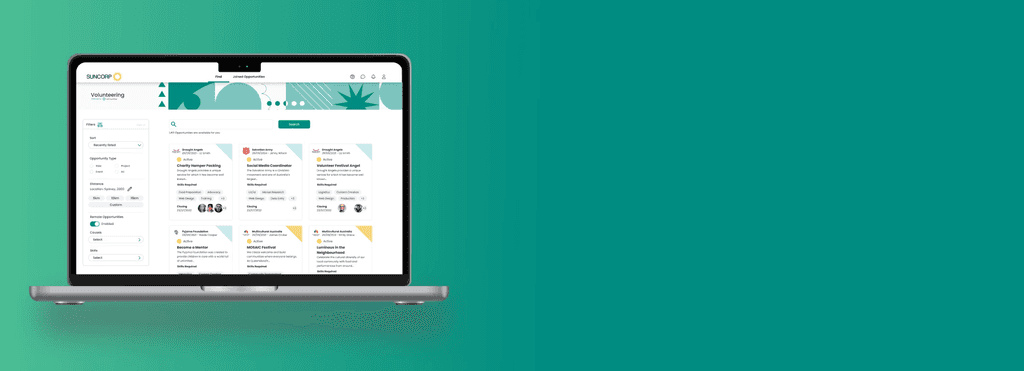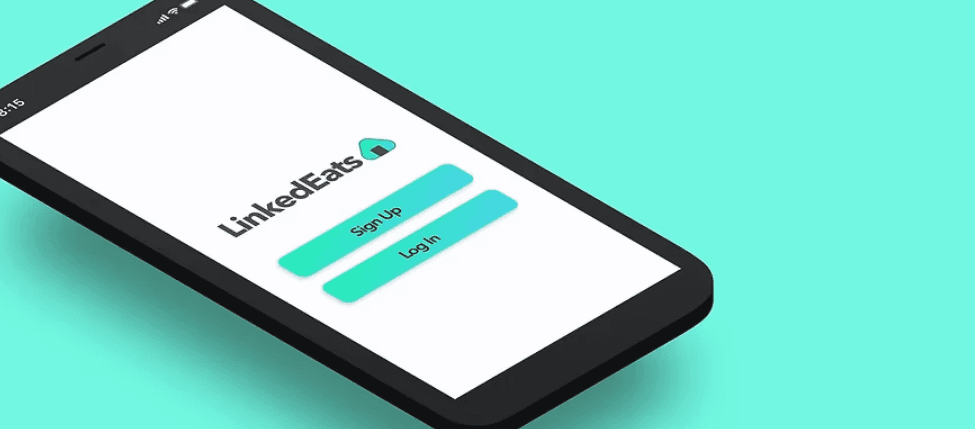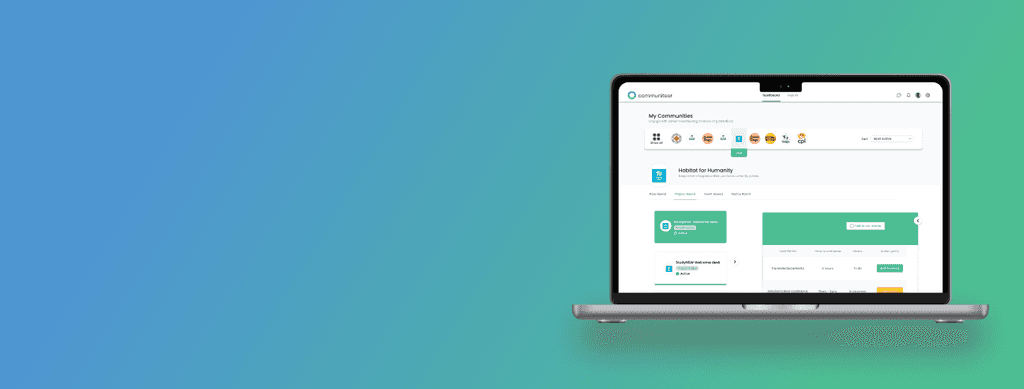Communiteer
Young Changemakers
"How might we mobilise more of Australia's youth to participate in
volunteering?"
Communiteer
Young Change-
makers
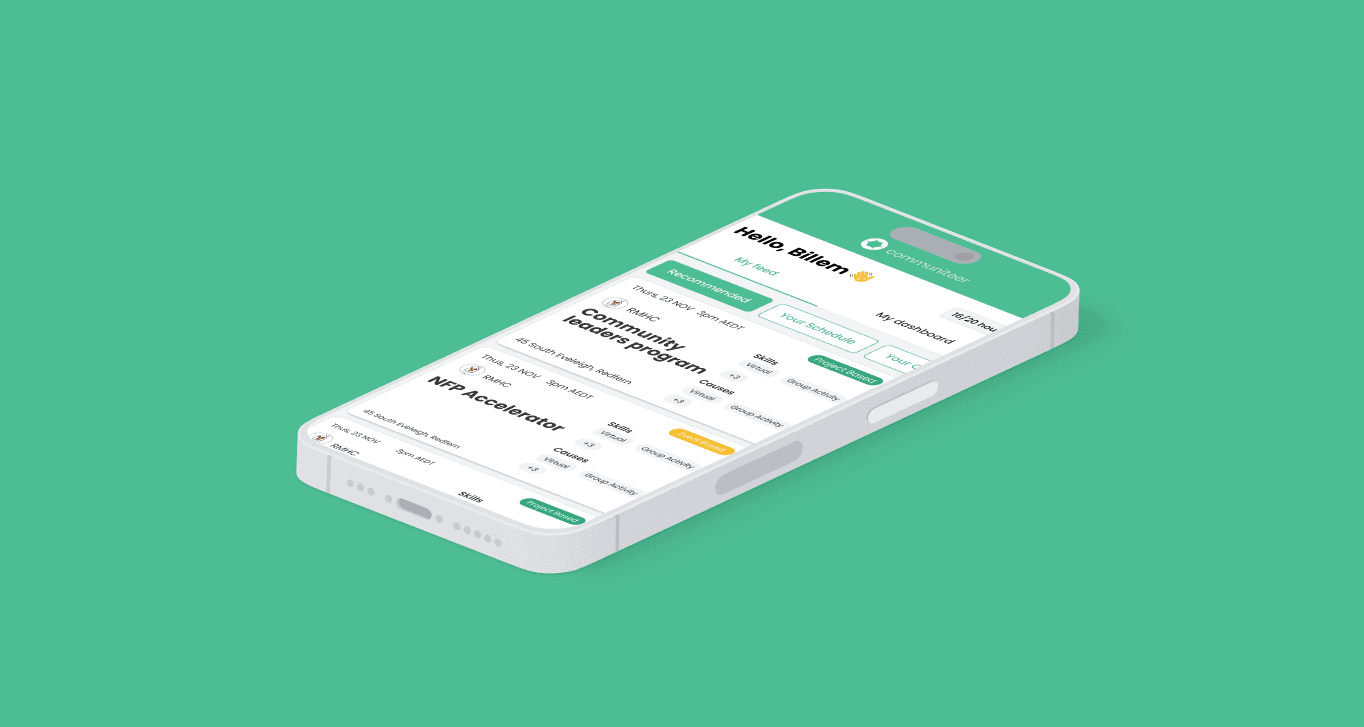

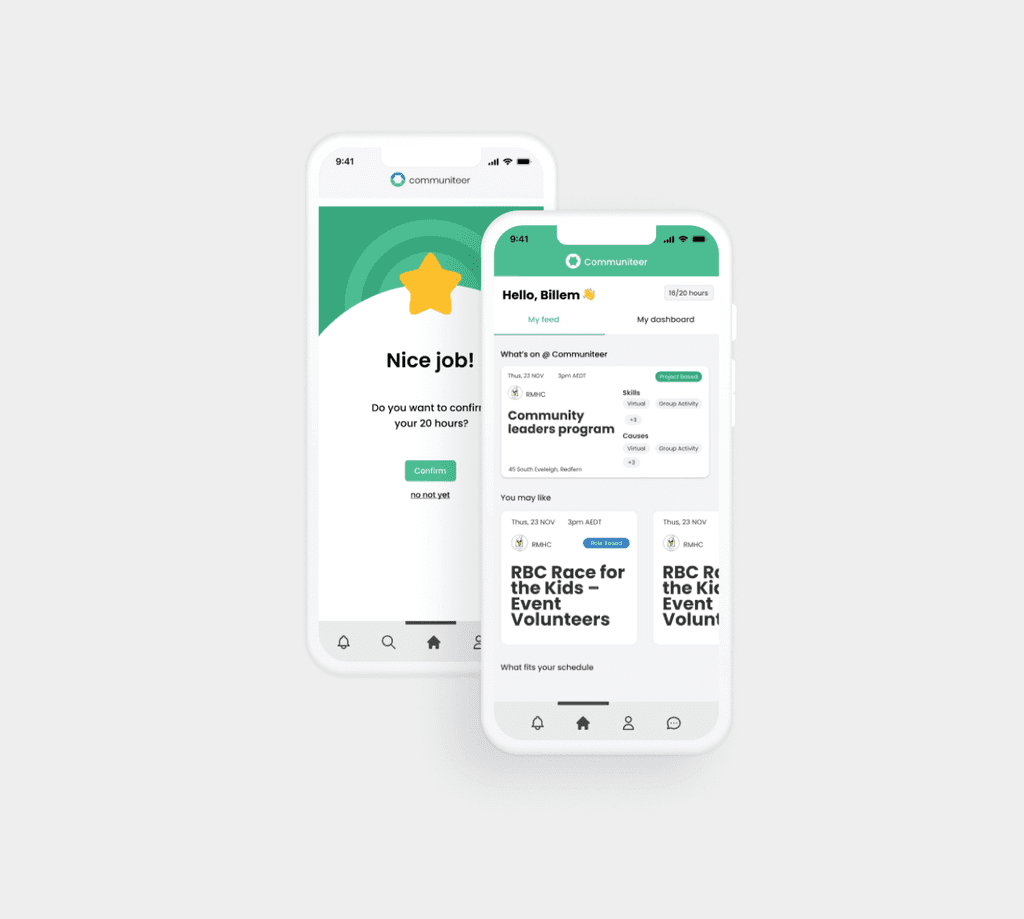

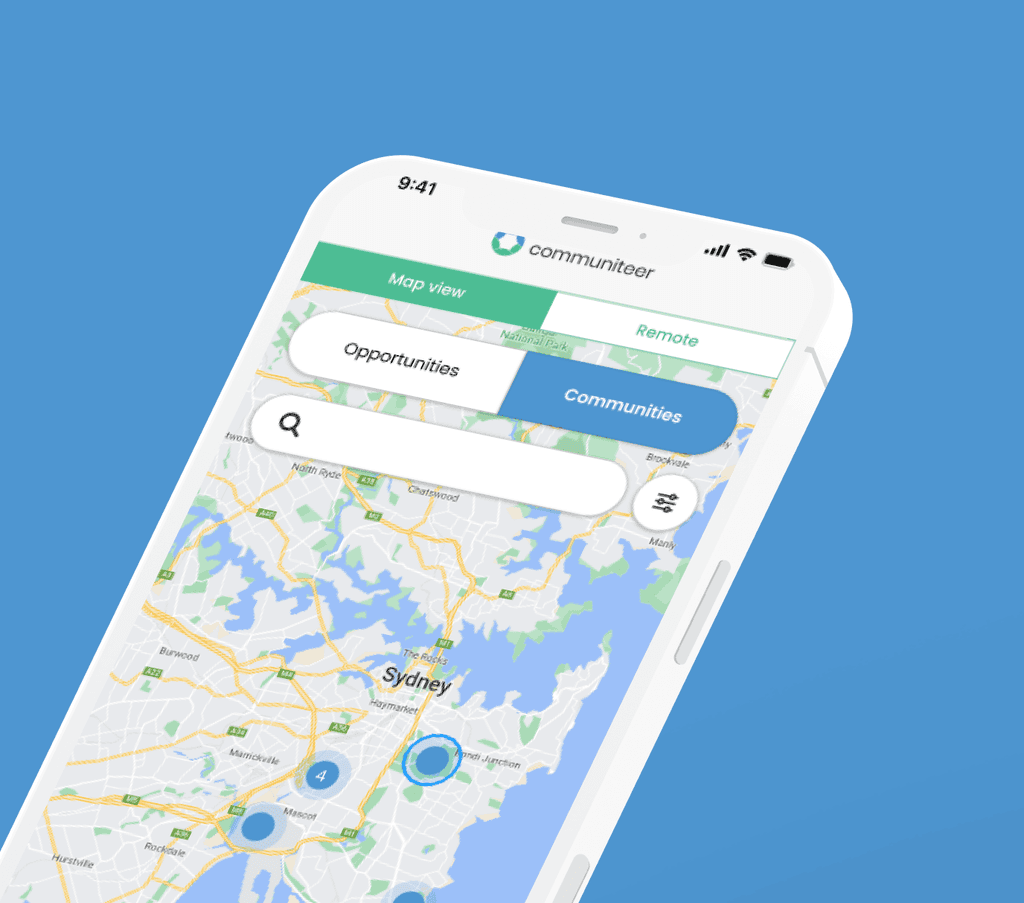

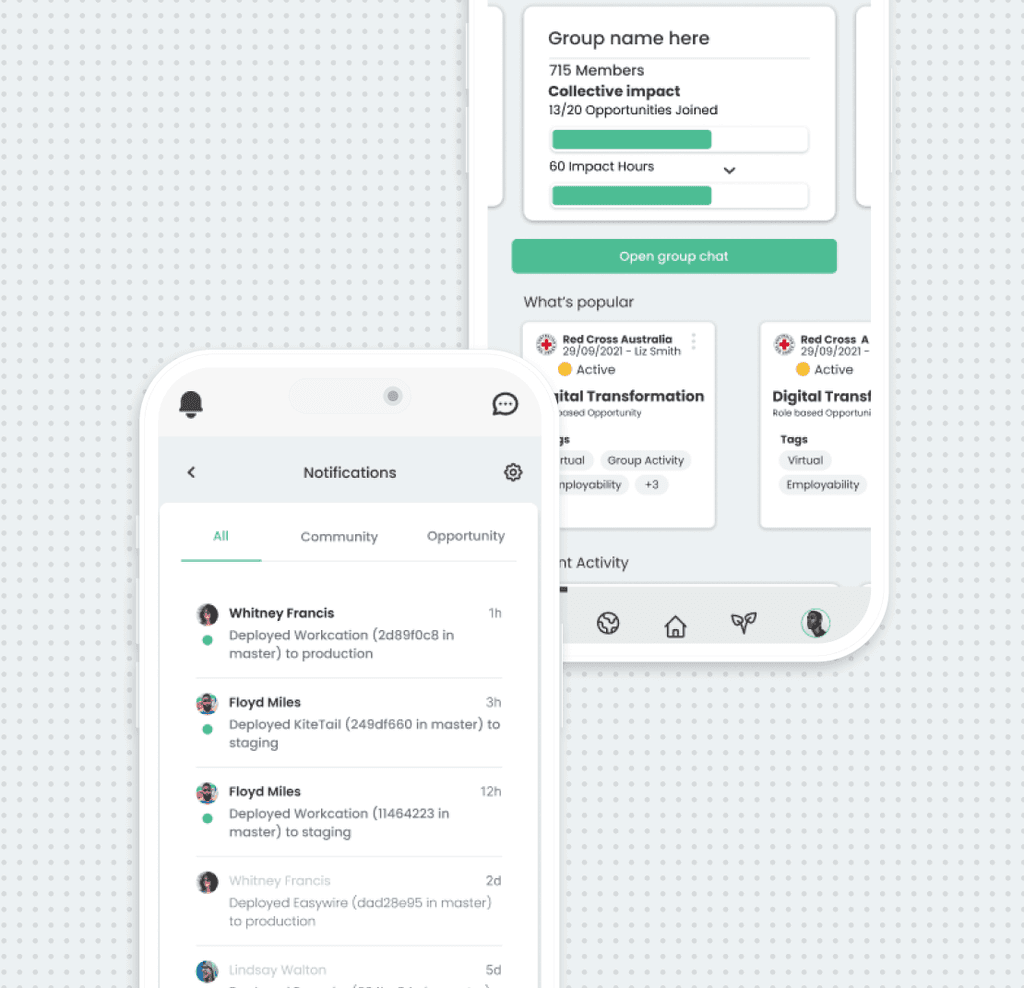

Responsibilities
UX prototyping
Mimicking how a live, completed solution would function, in a wizard of Oz esque style
Usability testing
Ensuring prototype functions as both designed and as per the user's mental model
Wireframing & wireflows
Generating basic structure and layout though various levels of fidelity
Ideation workshopping
Facilitating idea generation through a collaborative approaches
User Interviews
Investigating underlying user needs and pain-points to complement organisational research around objectives
Product handover
Communicating with developers to generate with pinpoint accuracy, the designed solution
Intern supervision
Guiding and aligning Intern objectives with organisation and project goals
Team
Product manager
UX designer
Product support co-ordinator
UI designer Intern
UX researcher Intern
Overview
Young Changemakers is a project stemming from the National Youth Initiative supervised by the Australian government in order to mobilise young Australians to volunteer. A different take on volunteering, it aims to be a utility based application tackling university student pain-points and needs when undertaking volunteering opportunities
Approach
An ideation based approach was made in the form of a design sprint utilising Communiteer's thorough understanding of university students as a foundation to streamline meeting targets of the NYI (National Youth Initiative). Following the design sprint, came a short period of UX research, then moving into the develop and deliver stage emulating the second half of the double diamond design framework.
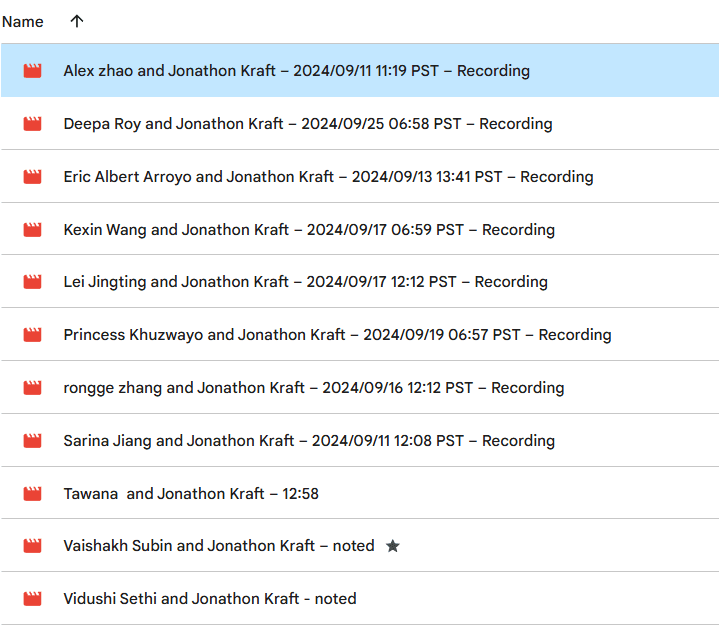

Building ontop of a foundation
The core challenge here was to properly validate Communiteer's current understanding of both domestic and international university students. This was done through user interviews and surveys.
Information is intelligence
Understanding user needs is key to building a great product. Based off of both Communiteer's existing knowledge, supplemented with user interviews, the pain-points that inhibited young adults as well as what they valued when volunteering became evident. This was then sorted through affinity diagramming to determine core user needs.
Travel time
Employability
Afraid of volunteering alone +
connecting to a greater community
convenience of access
Flexibility

Affinity diagramming.
was used to sort out all the existing data collected from UX research into core user needs.

Affinity diagramming.
was used to sort out all the existing data collected from UX research into core user needs.
Breaking the mold
We began by kickstarting a design sprint; fleshing out different takes on increasing volunteer rates in young adults. We found that scaling current methods, program creation, opportunity creation and volunteering experience were all core factors in hitting targets.
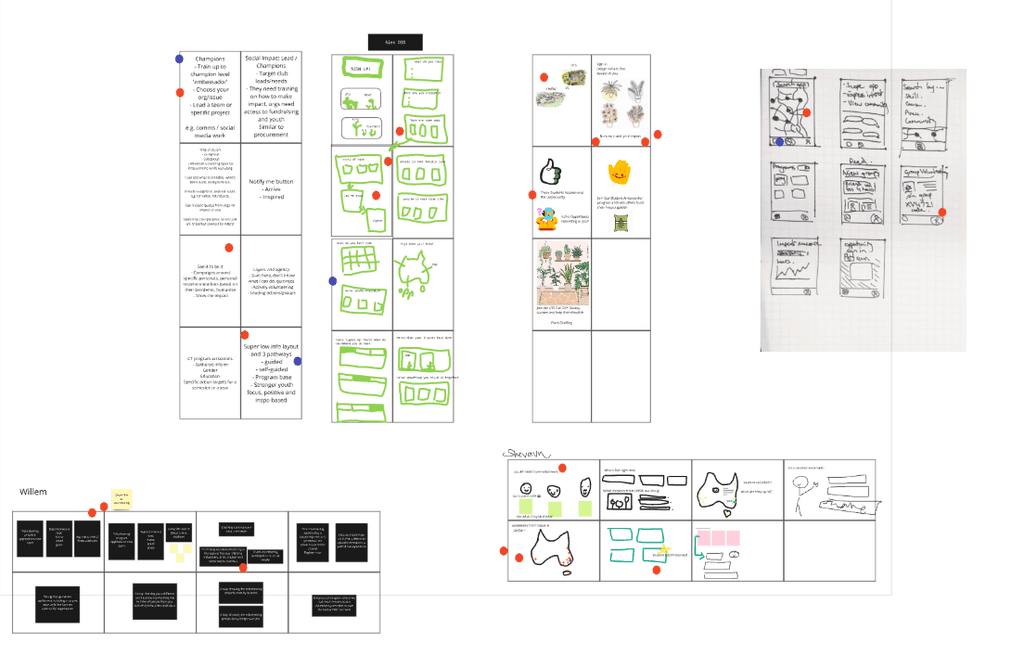

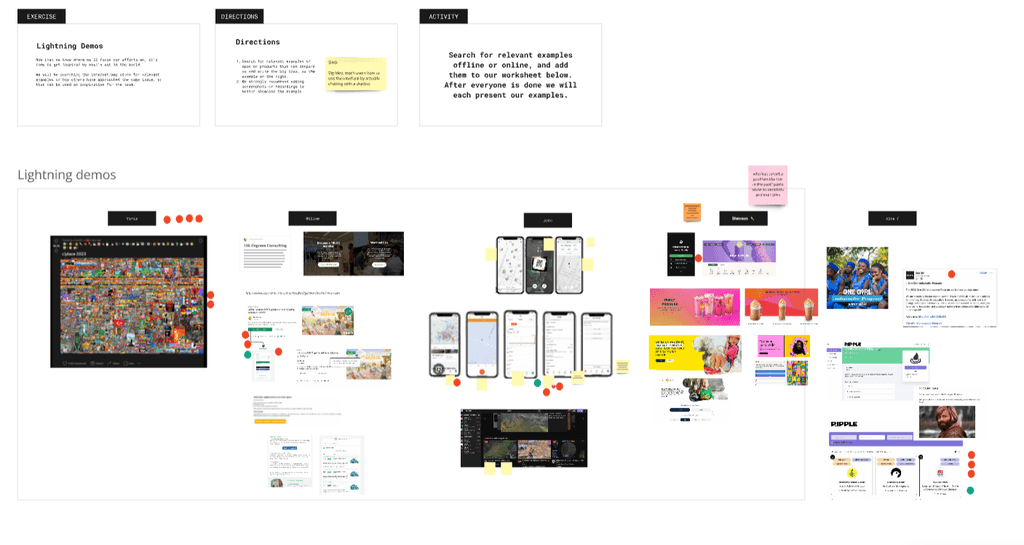

Lightning demos
Lightning demos were then done in order of each design sprint participant showcasing their crazy 8's. This provided numerous solutions from different perspectives to tackle the design problem of raising young adult volunteering rates


What works best?
In order to evaluate based on relevant metrics of young adult volunteers, we used the Pugh decision matrix with dot voting of each crazy 8 result to accurately select the most viable solution. We decided to move forward with an application based solution of the platform as we believed it provided the best product market fit for potential young adult volunteers.
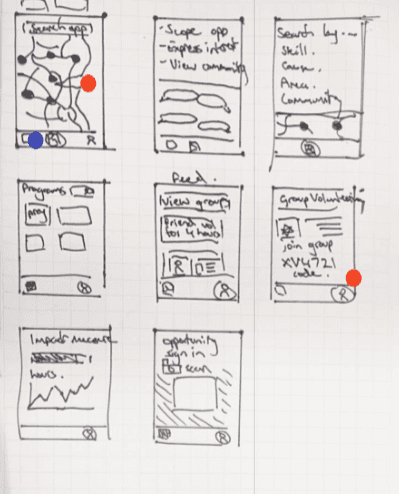

Iteration 1
Sketching and communicating the idea
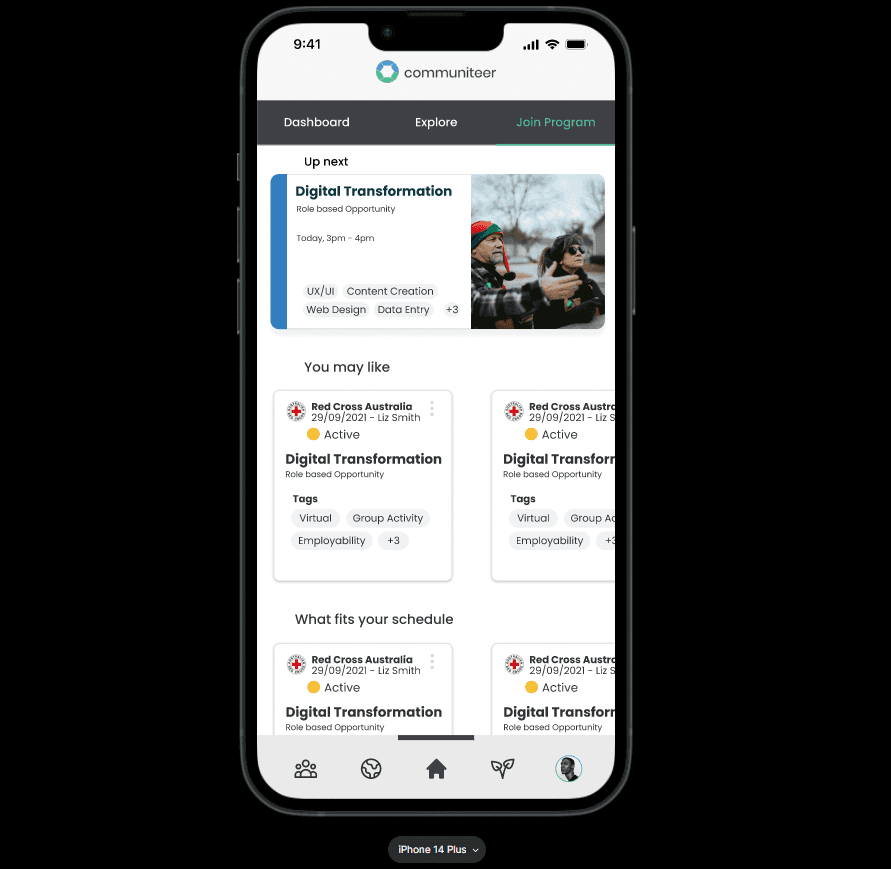

Iteration 2
Mid-fidelity wireframing to showcase user flows
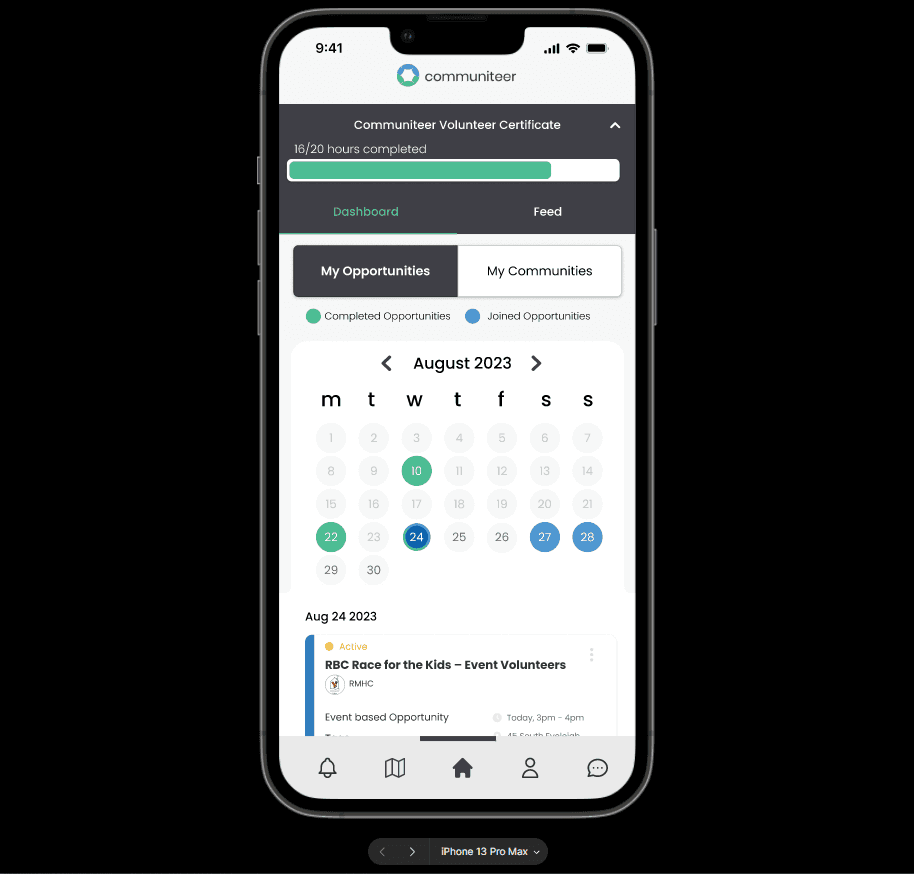

Iteration 3
Prototype & framework for MVP. Added calendar to show what days have joined opportunities. Revamped UI
Usability
testing
After developing a working prototype of the app, the next step was to refine it through feedback and usage from the target demographic. Breaking down each section of the app green post it notes were positive remarks and red were negative.
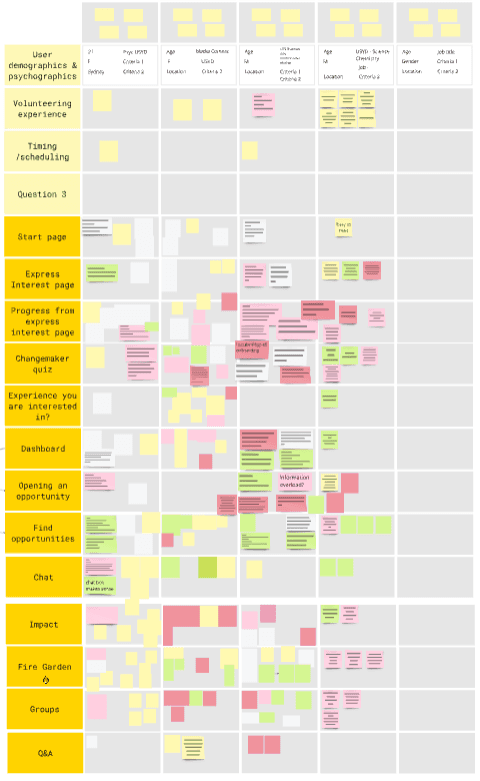

MVP vs MLP
Due to budget constraints, we had to put limitations on what's essential for basic completion and what could add to user experience. This became crucial in product development schedules as it reduced timeframes and cost. Consequently, certain integral parts of the software had to be omitted to achieve an ideal timeline for launch.
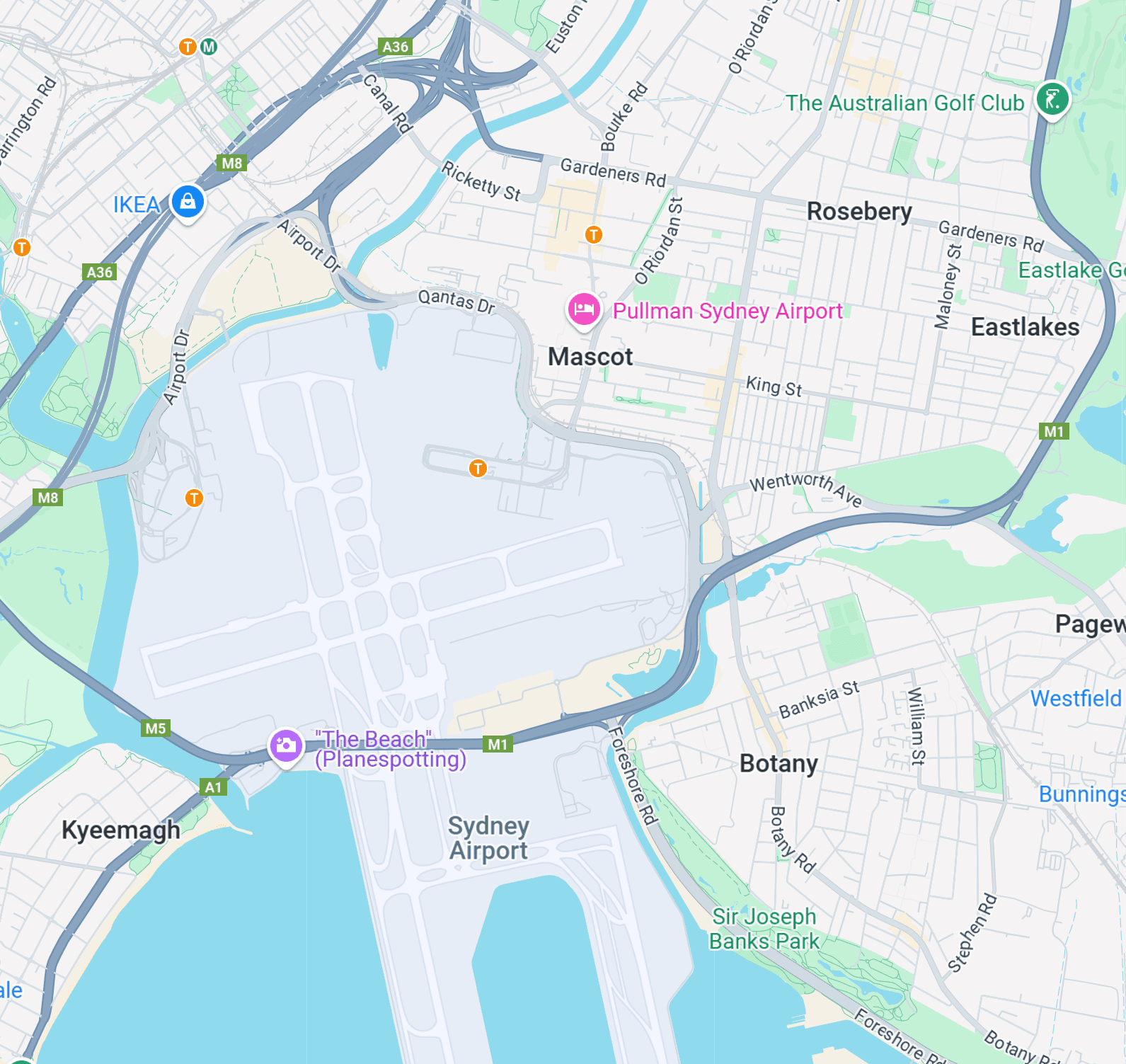

Map
Highly expensive, extensive timeframe to build, requires google APIs. Planned for future release
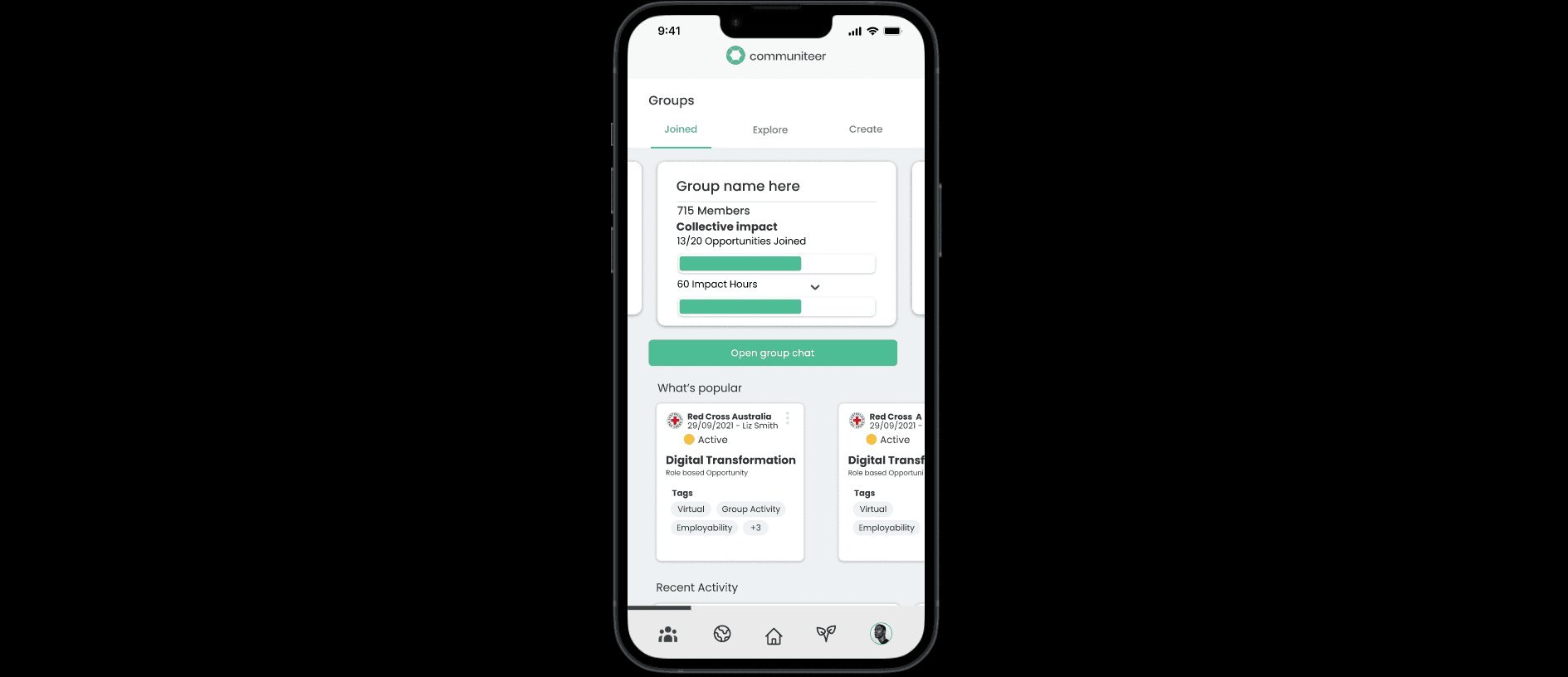

Groups
Removed from initial release due to it being placed in the "nice to have" category. Meaning it wasn't deemed as a necessity to the core user journey.


Design consistency & Layout
A necessity to how users will traverse throughout the app, this had to be done in order to produce a MVP. Primarily done through components. Planned for initial release
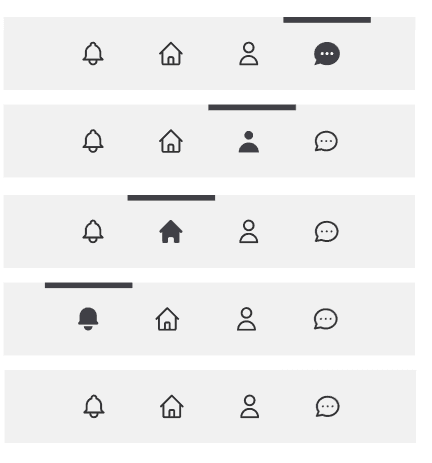

Navigation
Essential for as you would expect, navigating the app. Futureproofing for the cut components of the app.
Other projects




Responsibilities
UX prototyping
Mimicking how a live, completed solution would function, in a wizard of Oz esque style
Usability testing
Ensuring prototype functions as both designed and as per the user's mental model
Wireframing & wireflows
Generating basic structure and layout though various levels of fidelity
Ideation workshopping
Facilitating idea generation through a collaborative approaches
User Interviews
Investigating underlying user needs and pain-points to complement organisational research around objectives
Product handover
Communicating with developers to generate with pinpoint accuracy, the designed solution
Intern supervision
Guiding and aligning Intern objectives with organisation and project goals
Team
Product manager
UX designer
Product support co-ordinator
UI designer Intern
UX researcher Intern
Overview
Young Changemakers is a project stemming from the National Youth Initiative supervised by the Australian government in order to mobilise young Australians to volunteer. A different take on volunteering, it aims to be a utility based application tackling university student pain-points and needs when undertaking volunteering opportunities
Approach
An agile based approach was made in the form of a design sprint utilising Communiteer's thorough understanding of university students as a foundation to streamline meeting targets of the NYI (National Youth Initiative). This included a design sprint, a short period of UX research, then moving into the develop and deliver stage emulating the second half of the double diamond design framework.

Building ontop of a foundation
The core challenge here was to properly validate Communiteer's current understanding of both domestic and international university students. This was done through user interviews and surveys.
Information is intelligence
Understanding user needs is key to building a great product. Based off of both Communiteer's existing knowledge, supplemented with user interviews, the pain-points that inhibited young adults as well as what they valued when volunteering became evident. This was then sorted through affinity diagramming to determine core user needs.
Travel time
Employability
Afraid of volunteering alone +
connecting to a greater community
convenience of access
Flexibility

Affinity diagramming.
was used to sort out all the existing data collected from UX research into core user needs.
Breaking the mold
We began by kickstarting a design sprint; fleshing out different takes on increasing volunteer rates in young adults. We found that scaling current methods, program creation, opportunity creation and volunteering experience were all core factors in hitting targets.


Lightning demos
Lightning demos were then done in order of each design sprint participant showcasing their crazy 8's. This provided numerous solutions from different perspectives to tackle the design problem of raising young adult volunteering rates

What works best?
In order to evaluate based on relevant metrics of young adult volunteers, we used the Pugh decision matrix with dot voting of each crazy 8 result to accurately select the most viable solution. We decided to move forward with an application based solution of the platform as it provided the best product market fit based off what young adults valued in volunteering and the determined user needs.

Iteration 1
Sketching and communicating the idea

Iteration 2
Mid-fidelity wireframing to showcase user flows

Iteration 3
Prototype & framework for MVP. Added calendar to show what days have joined opportunities. Revamped UI
Usability
testing
After developing a working prototype of the app, the next step was to refine it through feedback and usage from the target demographic. Breaking down each section of the app green post it notes were positive remarks and red were negative.

MVP vs MLP
Due to budget constraints, we had to put limitations on what's essential for basic completion and what could add to user experience. This became crucial in product development schedules as it reduced timeframes and cost. Consequently, certain integral parts of the software had to be omitted to achieve an ideal timeline for launch.

Map
Highly expensive, extensive timeframe to build, requires google APIs. Planned for future release

Groups
Removed from initial release due to it being placed in the "nice to have" category. Meaning it wasn't deemed as a necessity to the core user journey.

Design consistency & Layout
A necessity to how users will traverse throughout the app, this had to be done in order to produce a MVP. Primarily done through components. Planned for initial release

